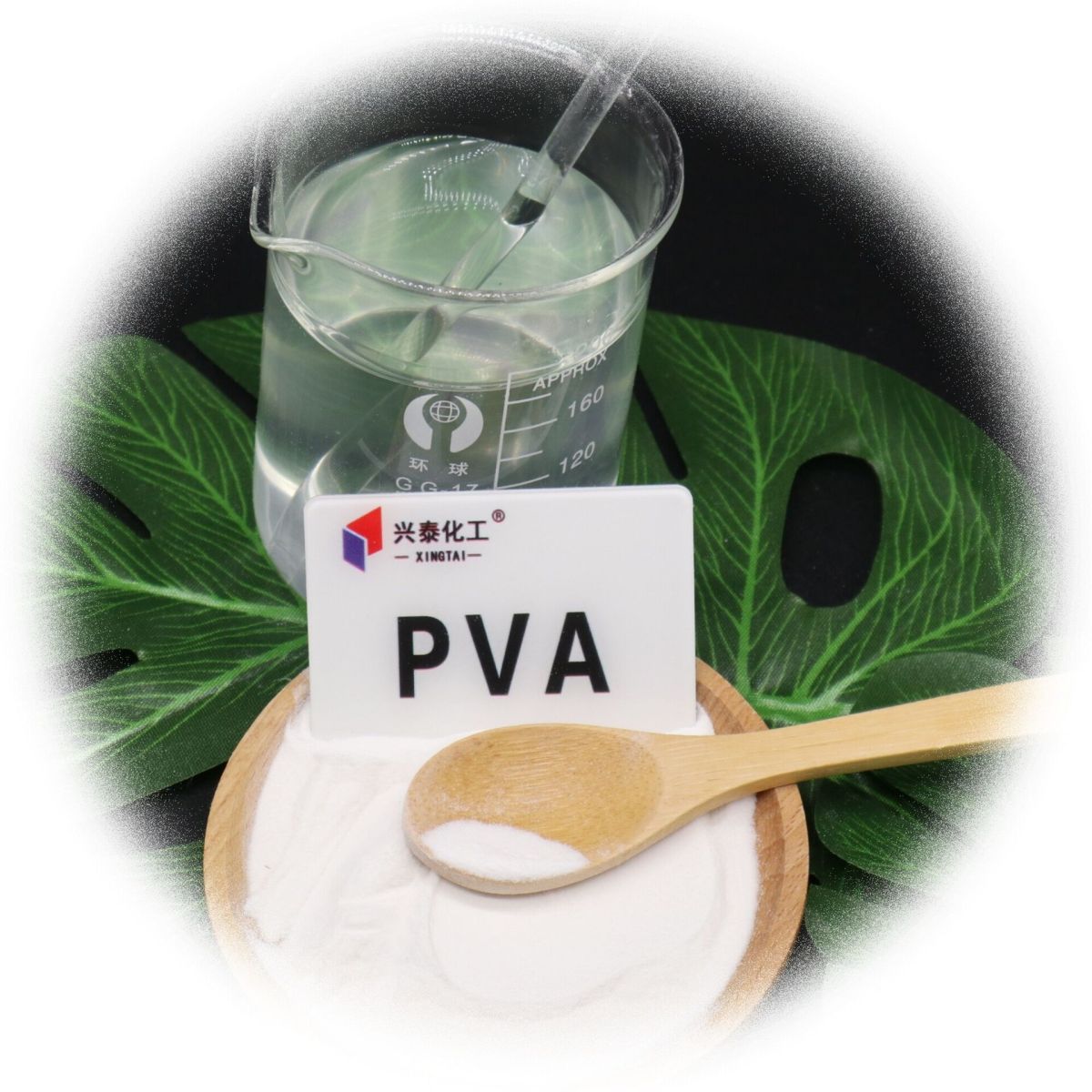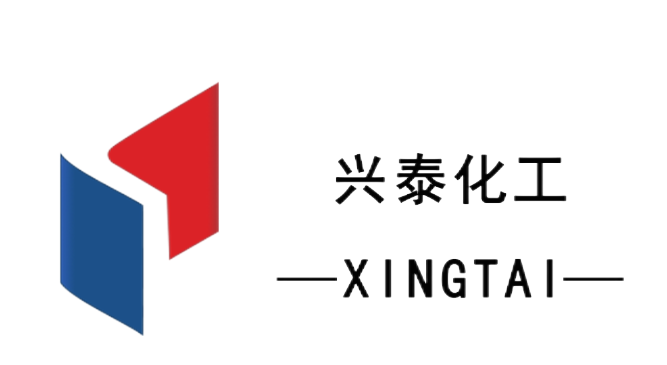CONTACT US
Polyvinyl alcohol, abbreviated as PVA, is a water-soluble resin. It appears in solid forms such as white or slightly yellow flocculent, flake-like, granular, and even powdered states, and it is non-toxic, odorless, and pollution-free. This resin excels in chemical stability, adhesion, film-forming properties, insulation, oil resistance, wear resistance, and gas barrier properties, making it widely used across various industries. In the textile industry, it can be used as warp sizing, fabric finishing agent, and even raw material for vinylon fibers. The construction industry often utilizes its characteristics to produce adhesives, interior and exterior wall coatings, and binders. Additionally, the chemical industry uses it as a polymer emulsifier, dispersant, and raw material for polyvinyl formaldehyde, acetaldehyde, and butyraldehyde resins. The paper industry also favors its application as a paper adhesive, while agriculture primarily uses it as a soil conditioner, pesticide adhesion enhancer, and polyvinyl alcohol film.

The production of polyvinyl alcohol first involves the polymerization reaction of vinyl acetate, which generates polyvinyl acetate. Subsequently, through saponification, where polyvinyl acetate reacts with varying amounts of alkali, polyvinyl alcohol with different degrees of alcoholysis can be obtained. There are two ways to classify polyvinyl alcohol: one is based on alcoholysis degree, which can be divided into fully alcoholized, partially alcoholized, and moderately alcoholized types; the other is based on degree of polymerization, which can be categorized as low, medium, and high polymerization. The properties of polyvinyl alcohol are influenced by its alcoholysis degree, degree of polymerization, and viscosity.
The production process of polyvinyl alcohol mainly includes the petroleum ethylene method, natural gas acetylene method, and calcium carbide acetylene method. Before the 1960s, the calcium carbide acetylene method was the primary global production method. However, with the rapid development of petrochemicals, especially after the 1970s, the raw material route for producing polyvinyl alcohol gradually shifted from calcium carbide acetylene to petroleum ethylene. Today, the dominant raw material route for polyvinyl alcohol production internationally is the ethylene method.

Currently, over 20 countries and regions worldwide are involved in the production of polyvinyl alcohol. In terms of production capacity distribution, North America accounts for about 9.75%, Western Europe for 6.33%, and Japan for 13.74%. Notably, the Asia-Pacific region (excluding Japan) holds a significant share of 69.90% in global polyvinyl alcohol production, highlighting its prominent position. Although Chinese mainland is the world's largest producer of polyvinyl alcohol, with a share as high as 64.84%, its products are still primarily conventional varieties, presenting new challenges and opportunities for the industry.
In recent years, the global consumption of polyvinyl alcohol has been steadily increasing. The North American region accounts for about 11.63%, Western Europe for 12.25%, while the Asia-Pacific region dominates with a share as high as 70.88%. It is projected that over the next five years, from 2015 to 2020, the annual average growth rate of global polyvinyl alcohol consumption will reach approximately 4.6%, with the Asia-Pacific region experiencing the fastest growth, expected to have an annual average growth rate of 5.2%.
For our country, the demand for polyvinyl alcohol remains relatively stable, with current apparent consumption at around 500,000 tons. In industries such as adhesives and PVB fibers, the application volume of polyvinyl alcohol is significant. With the sustained development of China's economy, the market demand and export volume for high-count, high-density, and high-grade textiles continue to grow. At the same time, the high-end papermaking industry and oil extraction sector are also experiencing rapid growth. Additionally, the demand for safety glass in the automotive and construction industries is steadily increasing. These factors will drive the demand for polyvinyl alcohol to gradually rise, providing ample room for the research and development of new products and market expansion.
Get real-time quotes
Interested? Leave your contact details.
